I apologise for the attached picture, I just made sure everything is readable so you can assist.
So I'm wondering if this is a logical idea, if 12 volts is supplied, to the circuit, as the capacitor reaches the zener 5.1v + 0.65v of the transistor Vbe, it will switch off the p channel MOSFET, and thus stop the current flow from supply, until the voltage in the capacitor drops below 5v1 + 0.65v again, which in turn will allow the p channel MOSFET to be switched on again.
Is this possible? Please feel free to correct me, thank you.